Of Relics, Ritual, and Rusty Objects
/Selfie. Image courtesy of the author.
So here I am: alone with a slight buzz, applying pressure and friction to a rod between my legs. I think this is as close as I’ll ever come to having a penis.
For a little over a year, I’ve been chipping away on a body of work wherein I polish rusty junkyard objects to a mirror-finish, including the phallic window weight in the picture above. I’m excited by the prospect of grinding away layers of dirt and rust to expose the shiny metal underneath. But what is this drive? Where did I get this idea that polishing things will improve them? Maybe it’s my Catholic upbringing, but I am suspicious that my own impulse to clean and polish is somehow malignant. To only care for the surface of something rather than its substance is perhaps a mistaken stance that can lead to erasure or neglect.
I’d like to take a closer look at collective acts of polishing through repetitive touch as they manifest in primarily European tourist sites, especially religious ones, and in turn in our private lives. How can they be read as erasure or neglect of reality? What can these sites indicate about the origin of my desire to polish?
To those in Medieval Europe, touch was far more trustworthy than sight. Everyone ate food with their fingers, not only because forks were relatively unknown, but as a sign of trust in the community with which one was eating. According to historian and author Constance Classen, when forks were introduced, “the users were considered by many to be as ridiculous and offensive as someone would be in our own day who insisted on shaking hands with a stick.”[1]
Touch was commonplace and even critical. Major legal agreements required touch, and kissing and touching royalty for contractual purposes was considered the only real way to seal an agreement.[2]
In our private endeavours, perhaps we still do trust touch more than sight. The wear and polish of habitual touch can attest to this. The stair post in my house has layers of paint worn away from people steadying themselves as they walk. A gate in Sibley Volcanic Preserve is shined by the hands of people opening and closing it. The stairs at Sperlinga Castle in Italy are worn away by generations of people climbing them.
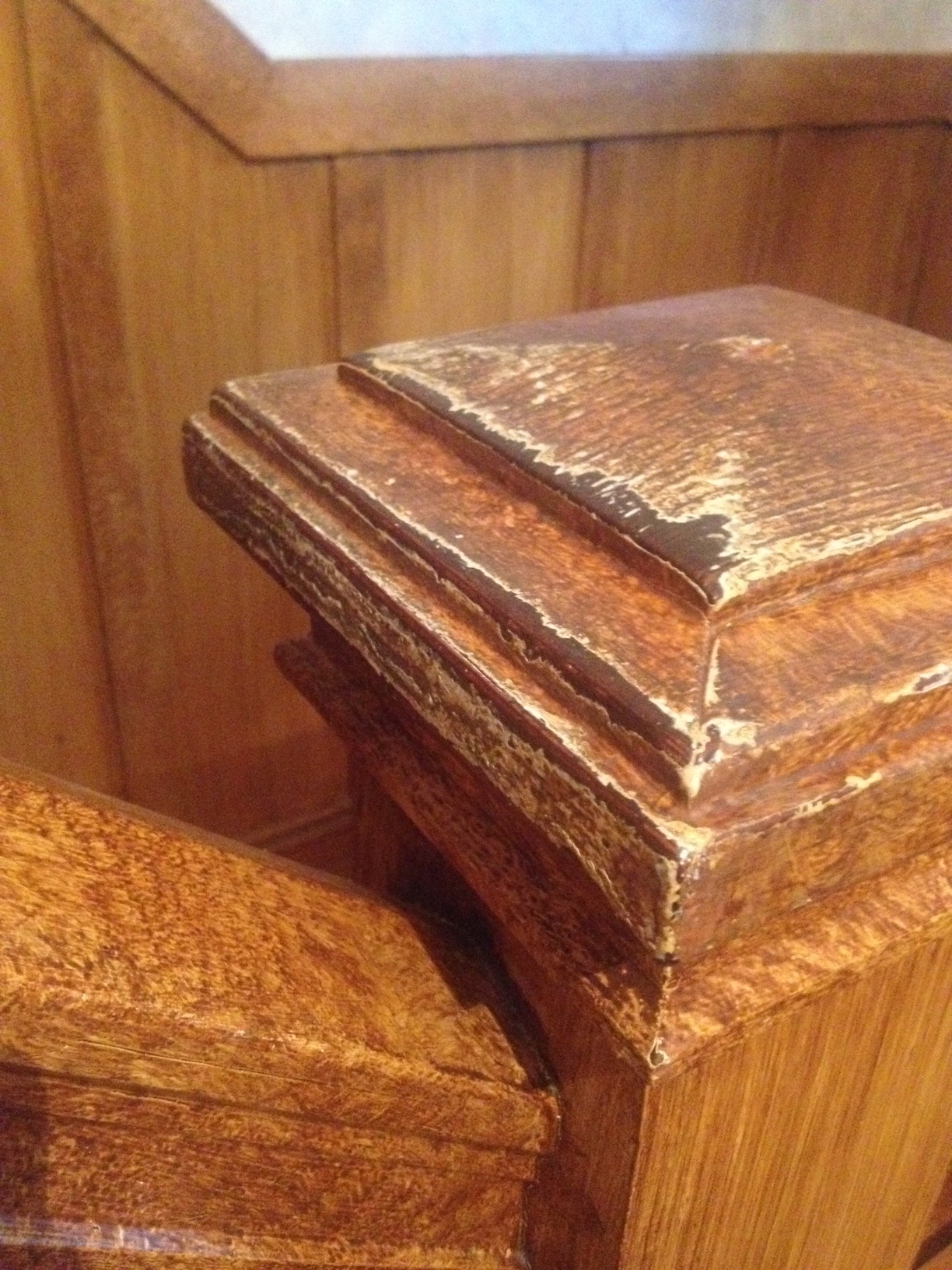
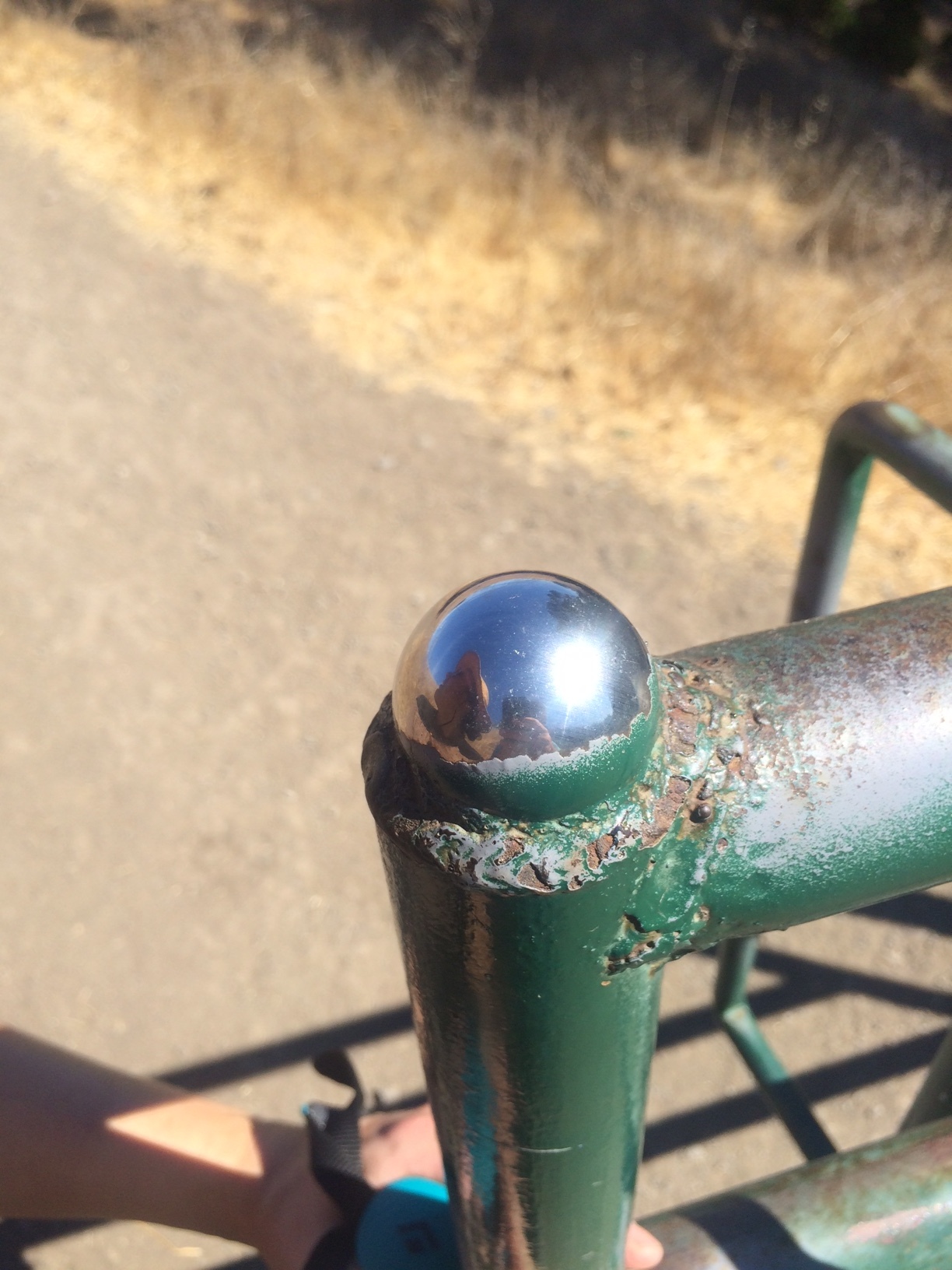
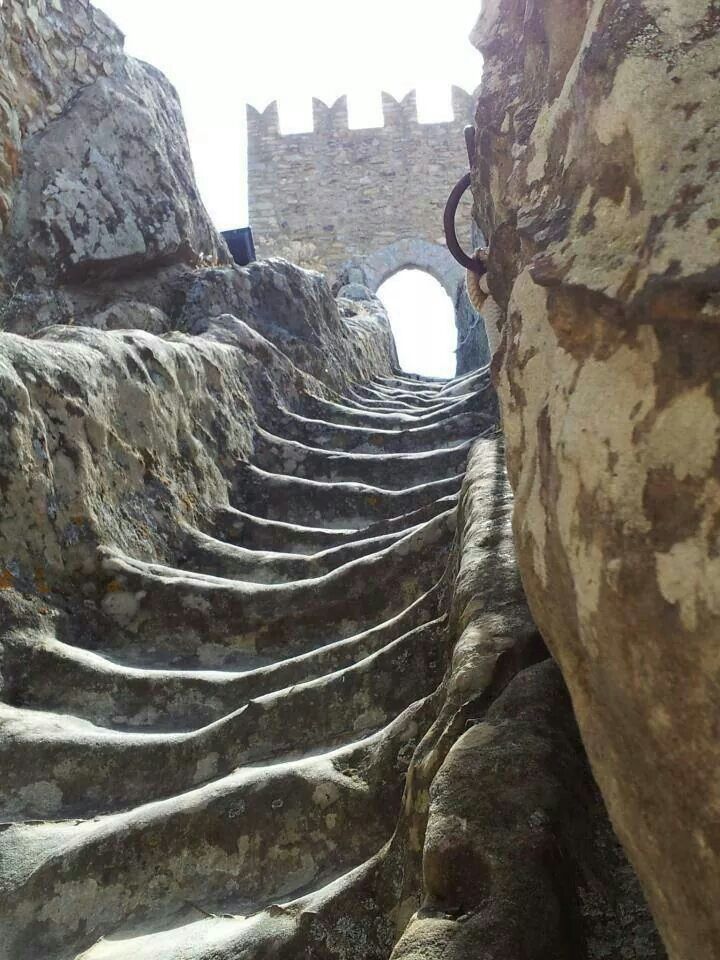
These are all examples of altering things as a means of finding our way. What about things that are out of the way?
A large part of medieval religious experience included relics—objects that are said to be the actual remains of a saint’s body or objects that have touched a saint’s body. The chance to touch a relic drew pilgrims from the far reaches of the Christian world. So strong was the market for the remains of holy people that religious figures like Francis of Assisi and Thomas Aquinas knew, while living, that their bodies would become prized relics once they died.[3] Like the disciple, Thomas, who couldn’t believe Christ had risen from the dead until he touched his wounds, the Medieval pilgrim would not be satisfied with the experience of merely seeing a relic.
The spiritual power of relics worked like heat: the only way to ensure the transfer of holiness was through touch.[4] There was a reciprocity to this touch: the relics themselves were thought to feel (and respond to) those who touched them. The reaction could be both positive and negative. Placing a relic on the floor outside its reliquary would humiliate the saint’s spirit and bring punishment to people in the region. The Medieval notion of holiness as akin to heat is quite similar to the present-day concept from performance art of intersubjectivity—as one cannot see without being seen, one cannot touch without being touched.
One prime example of the destructiveness of repetitive touch of believers is the statue of St. Peter in the Vatican. Legend has it that the statue was originally of Jupiter, “[b]lack and venerable from age and service, for its age has never been finally determined and millions have kissed the feet until the big toe is worn and shiny.”[5] The sculptor is unknown, but scholars guess that it was originally cast in the 5th century.[6]
In Medieval Europe, relics served as a major destination for pilgrimage. Today, instead, tourists crisscross the Earth visiting more contemporary sites of pilgrimage: museums, historical centers, theme parks, and places of remembrance. These tourists collectively change and smooth the sites they visit, touching and posing with certain artifacts, clambering on public sculpture, and engaging in touch-based rituals; however, it is unclear how these sites and artifacts change the touchers. Are collectively-polished monuments simply positive-feedback loops, in which the more polished an object, the more people are driven to travel to touch it? In many ways, these objects become charged through their encounter with tourists, reflecting the attitudes of a society that engages in new forms of pilgrimage and veneration.
Statues that have been touched to the point of polish speak volumes about collective entitlement and attitudes toward gender. Of note, statues depicting men tend to be polished on the nose, whereas the breasts and buttocks of statues of women are touched instead.
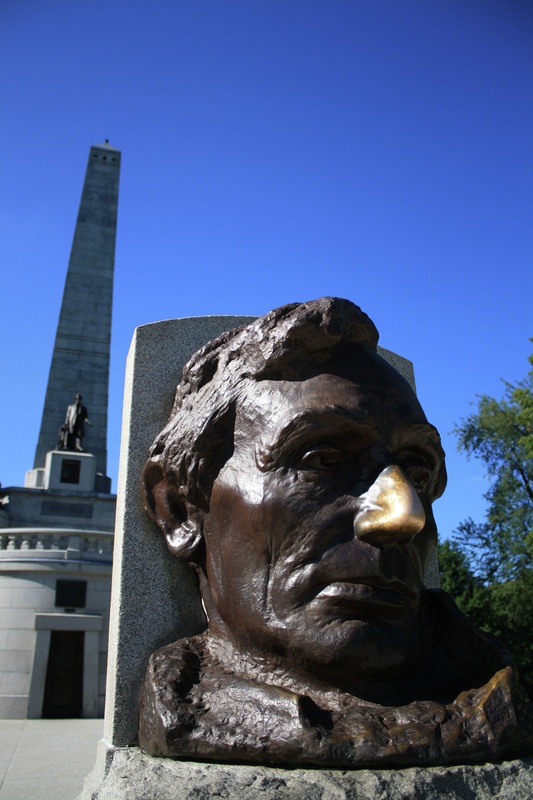
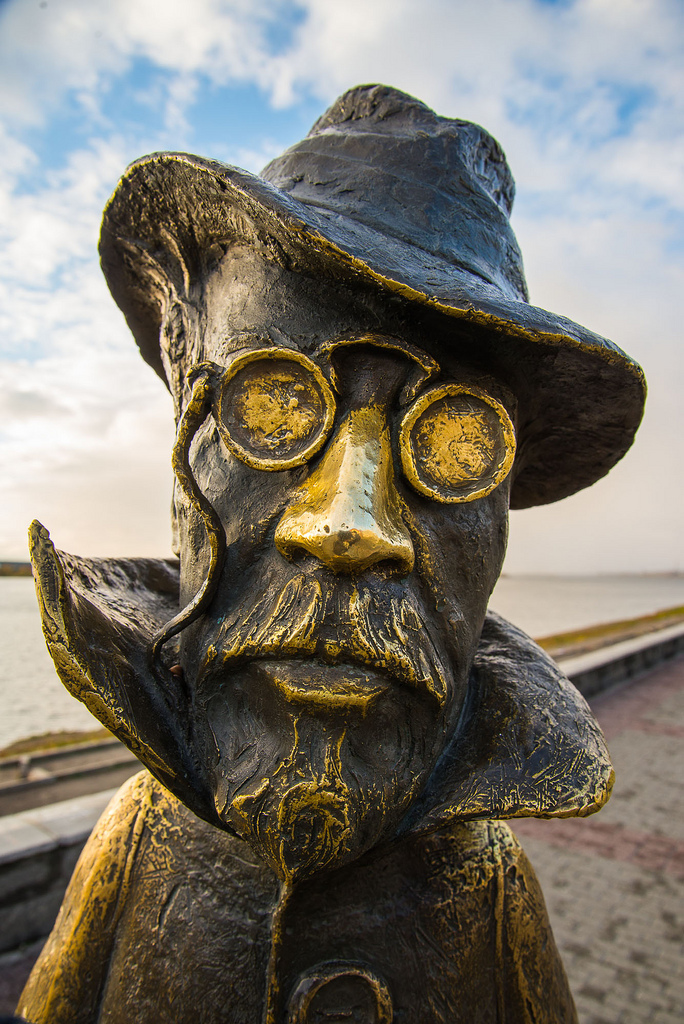
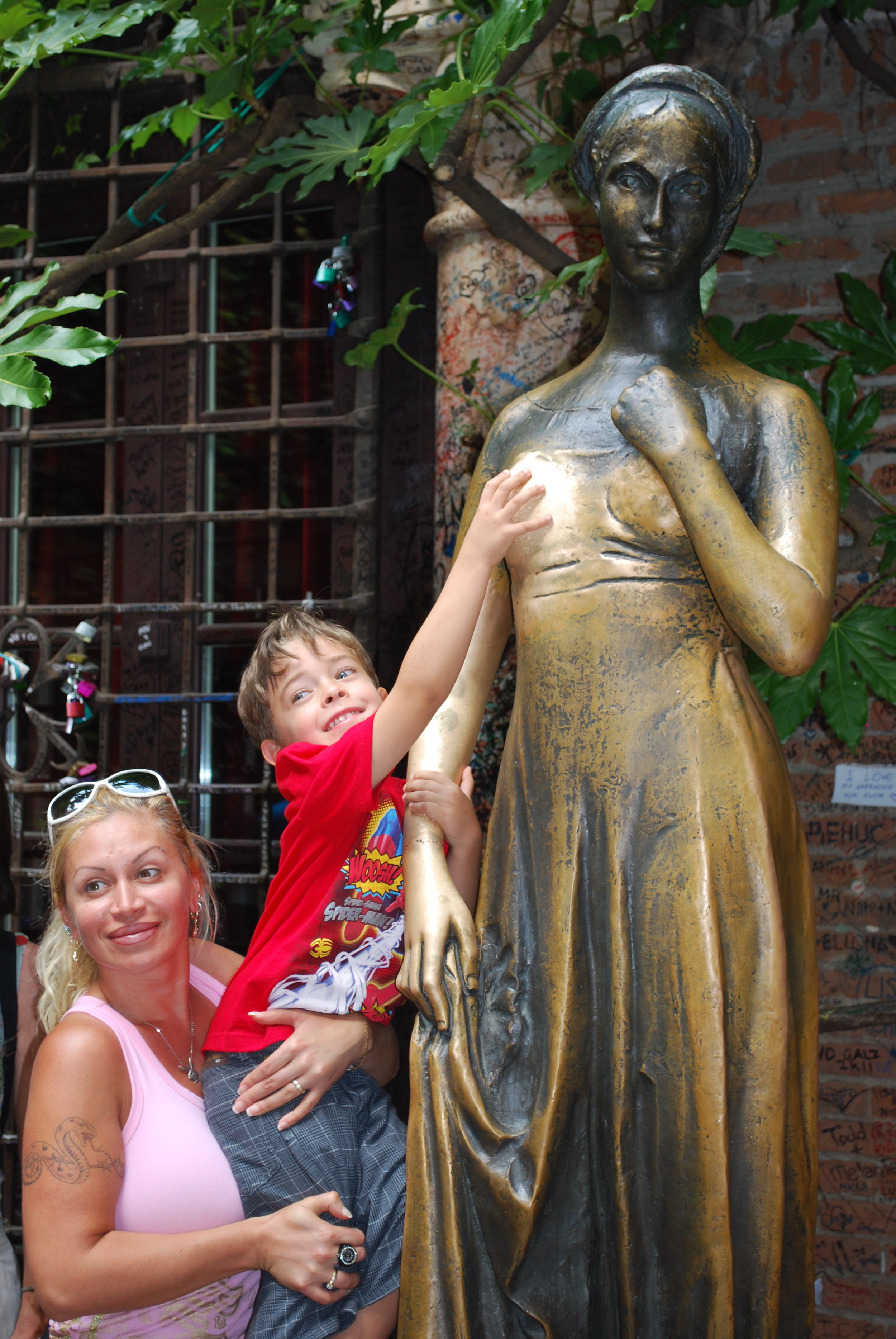
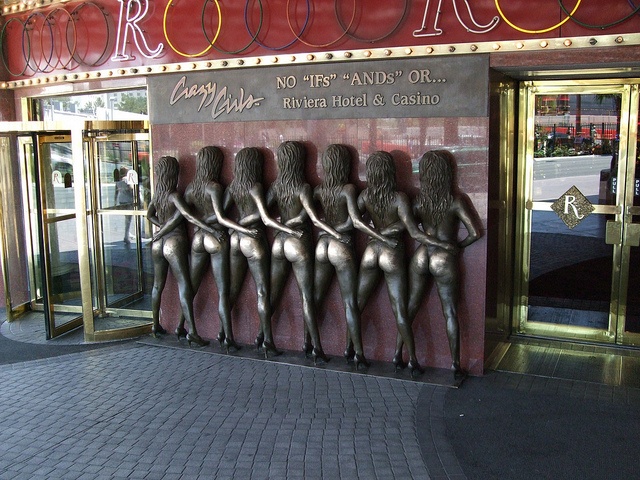
Completed in 1972, the Statue of Juliet in Verona had to be replaced in 2014 due to the wear and tear of touristic touch. Popular legend has it that the statue brings good luck to the romantic lives of those who touch her right breast. The touchers do not seem to care that she is a fictional character or that the statue and its tradition are relatively modern.[7] The most garishly touch-polished statue fittingly resides in Las Vegas. No visit to the Riviera hotel would be complete without posing for a photo holding the bum of one of the women depicted.
The language by which we talk about Western history is wrapped up in assumptions about tactility. In the “dark” of the Dark Ages, people had to feel around blindly, whereas the “light” of the Enlightenment made vision possible and preferable to the “lower” sense of touch.[8] Classen argues that pampering within the prevailing culture of comfort throughout the nineteenth, twentieth, and twenty-first centuries deadened or neutralized the tactile sense and allowed for an expansion of the importance of vision.[9] Today, we certainly still live in a largely “ocularcentric” culture, one in which sight is privileged over all other senses[10], but the Medieval desire to touch remains latent, exposing itself at tourist sites in examples of collective polishing.
Although touch has lost some of its relevance today within institutions like the museum and church, it still maintains its hierarchical structure of access and barriers from its Medieval origins. When pilgrims paid a visit to a reliquary, it was those with higher social status who were afforded more tactile access to the relic itself, while lower-class pilgrims might only get to touch the reliquary.[11] Entitlement and social status are entangled in the ways and things we touch.

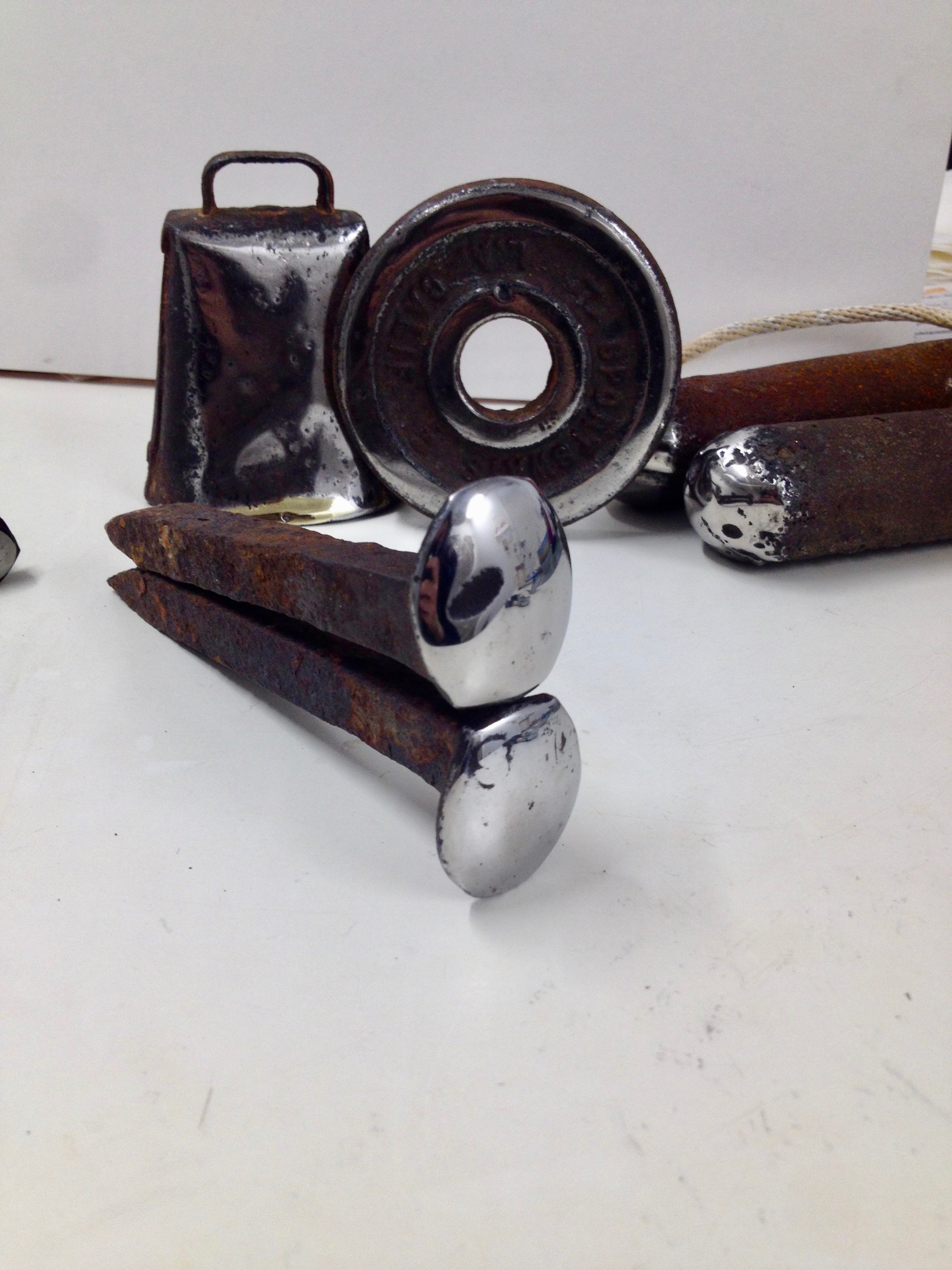
To return to my own compulsion to polish, my site of pilgrimage is not a tourist one, but the junkyard, where the ghosts of industrialism and consumerism live. In this image, two grinding attachments are positioned side by side in a direct illustration of the reciprocal law of touch: that no thing can touch another without being touched itself. The cone-shaped one on the right was originally shaped like the cylinder one on the left, but has been ground down. I do work on these objects, but how are they working on–touching–me? In some ways, I feel connected to a laborer of the Middle Ages, as one with a practice of the hands and a growing belief that the tedium of labor brings the practitioner closer to God. These objects have “died” from their old lives of usefulness. Polishing becomes a prayer to whatever spirits exist in these rusty bodies.
The versatility of texture in metal is immediately appealing to the sense of touch. Even the roughest, most corroded orange steel can be smoothed to a texture of reflection. Objects with mirrored skins often hide their weightiness. The humor, to me, is that in no way do these objects need shiny restoration. Perhaps polishing is humiliating the industrial spirit inside the weights and bolts. All these objects are things whose values are particularly haptic: the bell for its sound, the exercise and window weights for their sheer mass, the bolts and rail spikes for physically pinning things down to earth.
Visitors to early museums believed in the power of touching artifacts as a way to bridge space and time.[12] In the polishing project, I’m also poking fun at the belief that touching, handling an object creates an imaginative intimacy with its fabricator. The fabricator of these industrial objects, however, is a disembodied system.
In thinking about different forms of touch—wayfinding touch, relic touch, and touristic touch—a common thread through all three is how they are acts of possession of (and therefore entitlement over) these objects and spaces. Any polish that comes about from repetition thus becomes a more general indicator that the worn object or space is not self-contained and that it relies on human interaction for its particular existence. How fitting that the polish of touch makes reflection—clarity of vision—possible.
I am thinking about repossessing and reclaiming the dead rusty objects as I polish them. Window weights can be recontextualized as comically obvious patriarchal forces hidden in the walls. Touch can open us up to the possibility of being changed by the objects with which we come in contact,opening us to the possibilities of possessing other bodies, other lives, other ways of thinking.
This essay is made possible by the artist’s two feline housemates, Leo and Jasper, who remind the author daily of the importance of strong tactile relationships.
-
Constance Classen, The deepest sense: A cultural history of touch (University of Illinois Press, 2012), 2. ↩
-
Signed documents didn’t hold the sacred legal power they do today, and anyway couldn’t be read by most. Ibid., 4–5 ↩
-
Ibid., 36. ↩
-
Ibid., 43. ↩
-
Augustin McNally, St. Peter’s on the Vatican: The First Complete Account in Our English Tongue of Its Origins and Reconstruction (Strand Press, 1939), 136. ↩
-
Ibid., 136. ↩
-
“Verona Commissions Replica ‘Juliet’ Statue After One Too Many Brushes with Tourists,” Telegraph.Co.Uk, Feb 25, 2014. http://ezproxy.sfpl.org/login?url=http://search.proquest.com/docview/1501710120?accountid=35117. ↩
-
Classen, xii-xiii. ↩
-
Ibid., 164. ↩
-
Carolyn Purnell, “Using All Our Senses in an Age Obsessed With Sight,” Wall Street Journal, Jan.13, 2017. ↩
-
Classen, 37. ↩
-
Ibid., 141–2. ↩
Alice Combs is a San Francisco-based artist and a graduate of the San Francisco Art Institute (SFAI) MFA program in Painting. Combs uses everyday materials like human hair, blueprints and discarded wrappers, manipulated through repetitive and laborious processes, to create assemblage drawings and sculpture to address the biological and aspirational bases of individual and collective action.



